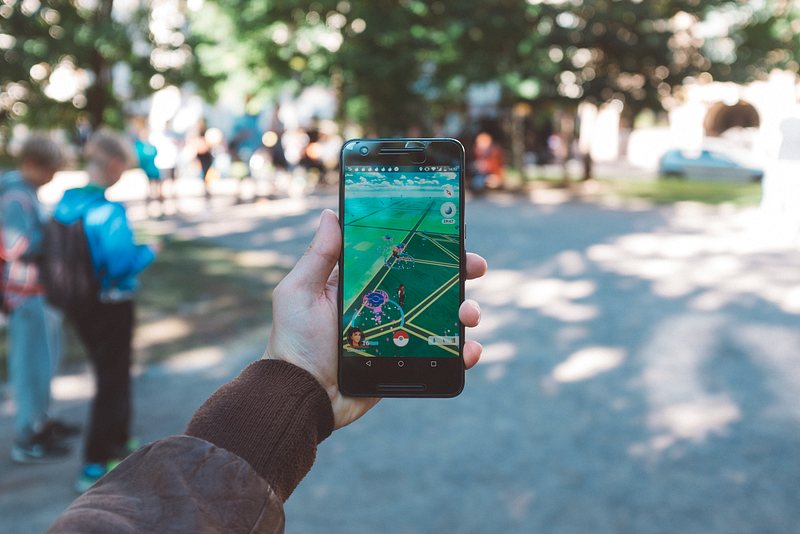Gamification at work?

As someone who has spent countless hours on games, I can attest to the fact that nothing beats the immersion and intricate reward systems, a sentiment, I’m sure that the gamer community strongly resonates with. Whether you are Dota 2 person, or answer to the Call of Duty with your buddies or are a serious Candy Crushing force to reckon with, there’s no denying that the in-game mechanics work deviously well in luring us into playing in a repetitive loop, although with changing environments and difficulty levels, but essentially reaching for the same end goal — all for some good ol’ emotional satisfaction.
For those who are not too familiar with building a specific skill set that involves strategic game play and fun in equal proportions, I wouldn’t say you’re missing out exactly, but many of these games have extremely good community following, with people competing with each other at global level, gaming conventions and meetups, there’s an entire ecosystem which keeps on growing in volume. All this, while being a great way to pass time, are and have a way to make money from it (hello Youtubers, and game designers, devs!) at the same time, has a mass attraction appeal to those of us, who count gaming among the simple pleasures of life.

So what is Gamification? It is the application of typical elements of game play like point scoring, competition with others, rules of play, to other areas of one’s existence to encourage engagement with our fellow beings.
Like everything, one could argue about whether or not Gamification principles can be successfully applied to other areas of our life. Here are 3 crucial things you need to know and understand to be able to build a successful model:
- Know the player and the mission: Most attempts at Gamification fail because the system is not thought through well enough to consider what truly motivates the player. Delve into the player’s psyche, not just the daily routine but think ahead — what would still motivate you to keep playing the game after months.
- Replace force with reinforcements : Focus on the habit you want to reinforce and reward it with level ups, badges or power-up. So the players do the thing again, and again, to be rewarded again and again. classical conditioning #101. As long as you don’t force their hand to obtain a reinforcement, your game plan looks good.
- Last but surely the most important, Design. everything will fail if the model fails to keep people interested with immersion and augmentation of physical with virtual reward systems. These have to be designed to drive productivity, always keep the eyes on the prize, and should not be so complex as to deter/distract the players from following the rule book.

Nike+ app wins with its idea to extend workouts into a social activity, with the opportunity to challenge friends, and showcase your prowess in the community leader boards. Pokemon Go on the other hand, started with a big bang of the pokeball, but couldn’t master the art of retention. Such things have to be thought out well, from long term and then backwards from there, instead of the other way around.
Gartner in its November 2012 press release predicted that “by 2015, 40% of Global 1000 organizations will use gamification as the primary mechanism to transform business operations. But at the same time, they forecasted that “by 2014, 80% of current gamified applications will fail to meet business objectives, primarily due to poor design”.
After taking over e-learning (like Duolingo and Codecademy), one can say that the future of gamification is in employee engagement, where the system ties considerable rewards for employees with measurable business return-on-investment. This becomes as good as it sounds by creating an environment where the motivation for them to excel is no longer just extrinsic (traditional appreciation) but intrinsic too (where they want to get to that elusive next level, or win that boss fight).
This is a topic which I will be exploring in greater detail over the span of the next few weeks and sharing my experiences and journey along the way, but here is something you won’t often hear — it is actually a high-risk choice. The stakes are too high to have a creative vision and put in efforts into setting the whole thing up, only to end up with mediocrity that fails to inspire any kind of enthusiasm.
